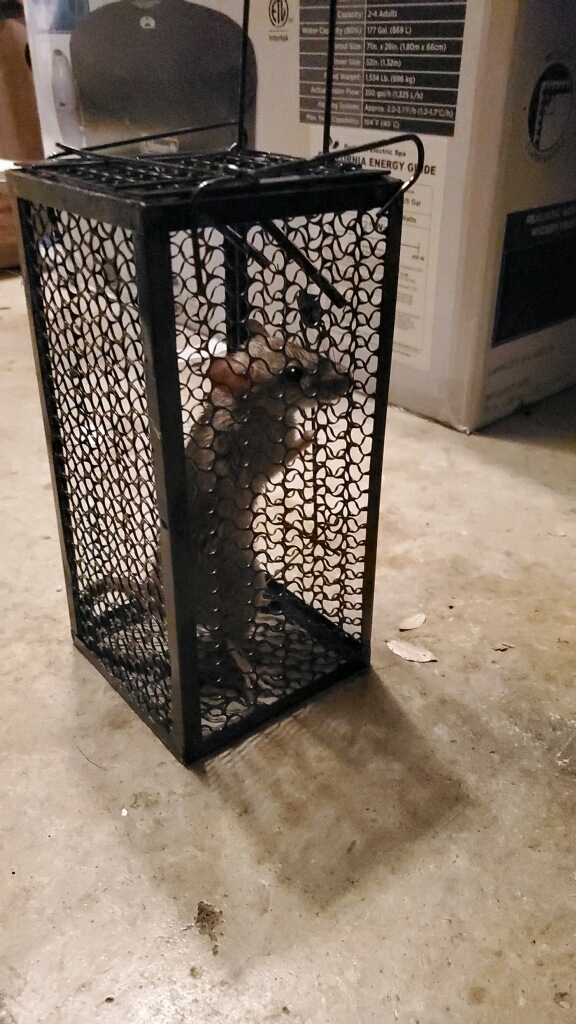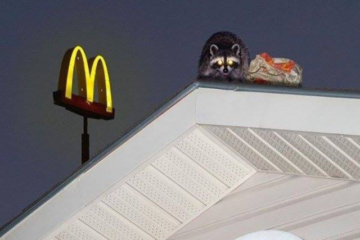Rodents are a diverse group of small mammals that can be found in various habitats around the world. When it comes to dealing with a rodent infestation in your home, understanding the different species and their behavior can be crucial in effectively addressing the problem. In this article, we will explore some of the most common rodent species, their identification features, and their typical behavior. By familiarizing yourself with these details, you will be better equipped to recognize the signs of a rodent infestation and seek professional assistance from a company like Red Rover Rodent Removal, to resolve the issue promptly.
- House Mouse (Mus musculus):
The house mouse is one of the most prevalent rodent species found in residential areas. They are small, typically measuring around 2-4 inches in length, excluding their tail. House mice have pointed snouts, large ears, and a slender body. Their fur color can vary, ranging from light brown to gray.
Behavior: House mice are agile climbers and can squeeze through tiny openings due to their flexible skeletons. They are mostly active during the night and are excellent scavengers. House mice can reproduce rapidly, with a single female capable of producing several litters per year.
- Norway Rat (Rattus norvegicus):
The Norway rat, also known as the brown rat or sewer rat, is a larger rodent species commonly found in urban and suburban areas. They have robust bodies, weighing around 7-18 ounces, and measure between 7-10 inches in length. Norway rats have coarse brown or gray fur with a lighter-colored belly.
Behavior: Norway rats are excellent burrowers and often create elaborate tunnel systems. They are primarily nocturnal and have a preference for ground-level nests. Norway rats are omnivorous, feeding on a wide range of food sources, including garbage, grains, and fruits.
- Roof Rat (Rattus rattus):
Roof rats, also known as black rats or ship rats, are agile climbers and are frequently found in attics, rooftops, and trees. They have slender bodies, measuring around 6-8 inches in length, with a tail that is longer than their body. Roof rats have black or dark brown fur with a lighter underbelly.
Behavior: Roof rats are skilled climbers and jumpers, allowing them to access elevated areas. They are primarily active during the night and exhibit a strong preference for fruits, nuts, and vegetables. Roof rats are known to be cautious and cautious when approaching new objects or food sources.
- Deer Mouse (Peromyscus maniculatus):
Deer mice are commonly found in rural and suburban areas, particularly in woodland environments. They have a similar appearance to house mice but can be distinguished by their bicolored fur, with a reddish-brown back and a white underbelly. Deer mice are slightly larger, measuring around 2.5-4 inches in length.
Behavior: Deer mice are excellent climbers and nest builders. They are primarily nocturnal but may also be active during the day. These mice have a diverse diet, consuming seeds, insects, fruits, and grains. Deer mice are known carriers of Hantavirus, a potentially dangerous disease transmitted through their droppings and urine.
By familiarizing yourself with the common rodent species, their identification features, and their behavior, you can better understand the signs of a rodent infestation in your home. Identifying the specific species invading your living space will aid in implementing effective pest control measures. If you suspect a rodent problem, it is crucial to contact the professionals at Red Rover Rodent Removal. With their expertise and knowledge, they can accurately identify the species and employ the appropriate techniques to eliminate the infestation and safeguard your home from future rodent intrusions.




